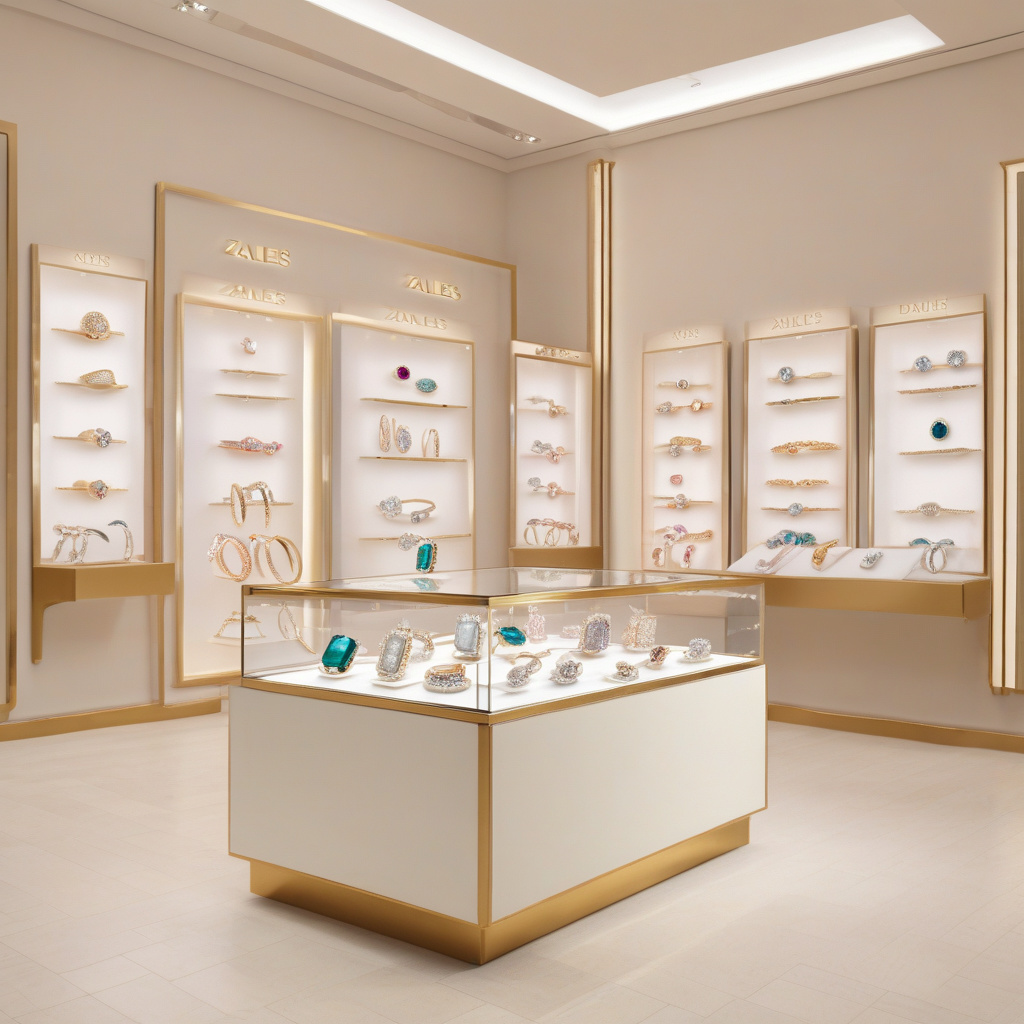How Zales Is Marketing Diamonds to Gen-Z
In a bold transformation of its marketing strategy, Zales is redefining how it positions diamonds and fine jewelry to the younger, trendsetting generation—Gen-Z. Traditionally, diamonds have been marketed as luxury items reserved for special occasions such as engagements, anniversaries, or significant milestones. However, Zales is shifting its focus to present diamonds and precious metals not just as rare treats, but as everyday staples that Gen-Z consumers can buy for themselves. This innovative approach is a strategic response to changing attitudes towards luxury and personal expression among younger shoppers.
The rise of Gen-Z as a powerful consumer group cannot be understated. Born between the mid-1990s and early 2010s, this generation is characterized by their digital savviness and desire for authenticity. They prioritize experiences over possessions, value sustainability, and seek brands that align with their personal values. This evolution in consumer behavior has prompted Zales to rethink its marketing tactics to engage this demographic effectively.
Zales is now promoting the idea that diamonds are not just for special occasions but can be integrated into everyday fashion. This strategy aligns with Gen-Z’s desire for self-expression through their personal style. Instead of waiting for a significant life event to justify the purchase of fine jewelry, Zales is encouraging young consumers to treat themselves to diamond pieces that can be worn daily. The messaging focuses on the idea that jewelry can be a reflection of individual identity and creativity, allowing for personal interpretation and uniqueness.
One of the ways Zales has adapted to this new approach is through social media marketing. Platforms like Instagram, TikTok, and Snapchat are central to Gen-Z’s daily lives, making them ideal channels for Zales to reach their target audience. By showcasing relatable content, influencer partnerships, and user-generated posts, Zales creates an engaging narrative that resonates with younger consumers. For example, featuring influencers who style diamond pieces in casual, everyday settings helps demystify the concept of fine jewelry, making it accessible and desirable.
In addition to social media, Zales is also leveraging the power of experiential marketing. This includes hosting events and pop-up shops that allow Gen-Z consumers to interact with the brand in a fun and engaging way. These events not only serve as a platform to showcase the latest collections but also create a community around the brand. By integrating interactive elements, such as DIY jewelry-making stations or customization options, Zales fosters a sense of ownership and personal connection to the products.
Sustainability is another key factor in Zales’ marketing efforts aimed at Gen-Z. This generation is highly conscious of ethical practices and is drawn to brands that demonstrate a commitment to social responsibility. Zales is addressing this by emphasizing the sourcing of their diamonds and precious metals. By providing transparency about their supply chains and promoting ethically sourced materials, Zales appeals to the values of Gen-Z consumers who prioritize sustainability in their purchasing decisions.
Furthermore, the brand is expanding its product range to include more affordable options that cater to the budget-conscious nature of many Gen-Z shoppers. By offering a variety of price points, Zales ensures that diamond jewelry remains accessible, allowing this generation to indulge in luxury without breaking the bank. This strategy not only increases the likelihood of purchase but also encourages repeat business as consumers return to the brand for future self-gifting occasions.
Zales’ shift in marketing strategy is also reflected in its messaging. The brand is moving away from traditional, formal advertising that emphasizes exclusivity and luxury. Instead, Zales is adopting a more approachable and relatable tone that speaks directly to Gen-Z consumers. Campaigns are designed to celebrate individuality, encouraging consumers to express their personal style through jewelry. Phrases like “Your look, your way” or “Every day is an occasion” highlight the importance of personal expression, making diamonds feel like a natural extension of one’s identity.
As Zales continues to adapt its marketing strategy to capture the attention of Gen-Z, it is essential to measure the effectiveness of these initiatives. With the rise of e-commerce and the increasing importance of online presence, Zales can utilize data analytics to track consumer behavior, preferences, and engagement levels. This data-driven approach will enable the brand to refine its marketing strategy in real time, ensuring it stays relevant in a rapidly changing landscape.
In conclusion, Zales is setting a precedent for how fine jewelry can be marketed to a new generation of consumers. By positioning diamonds and precious metals as everyday essentials rather than occasional luxuries, Zales is appealing to the values and preferences of Gen-Z. Through innovative marketing strategies, social media engagement, sustainability initiatives, and an emphasis on personal style, Zales is successfully redefining the narrative around diamonds. As this trend continues to evolve, it will be interesting to see how other brands in the jewelry industry respond to meet the needs of this influential generation.
jewelry, diamonds, GenZ, marketing, retail
